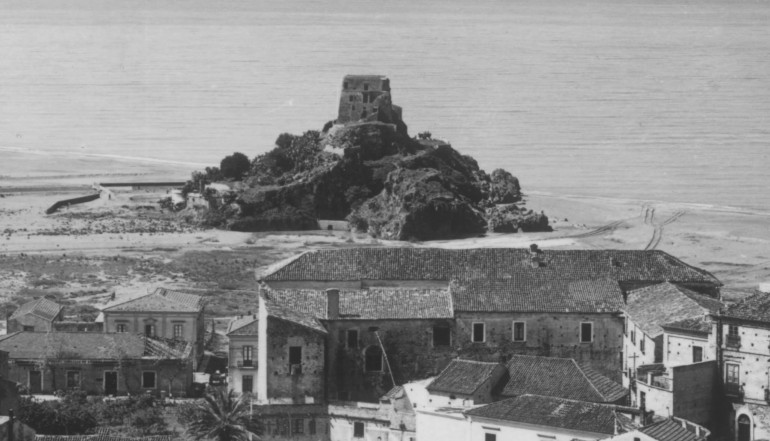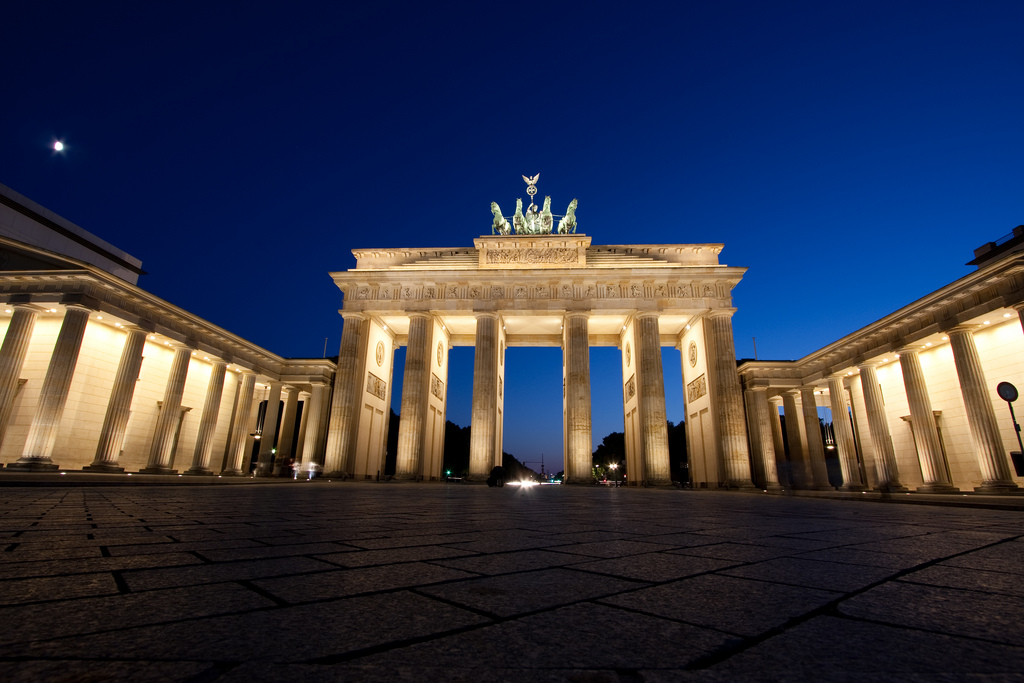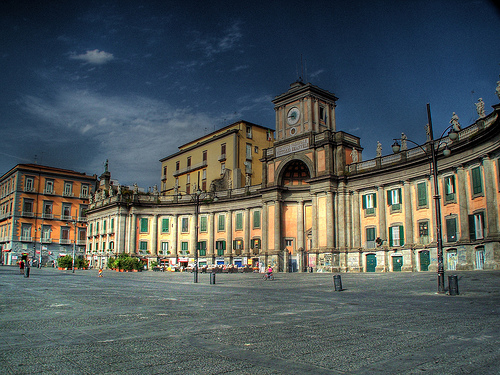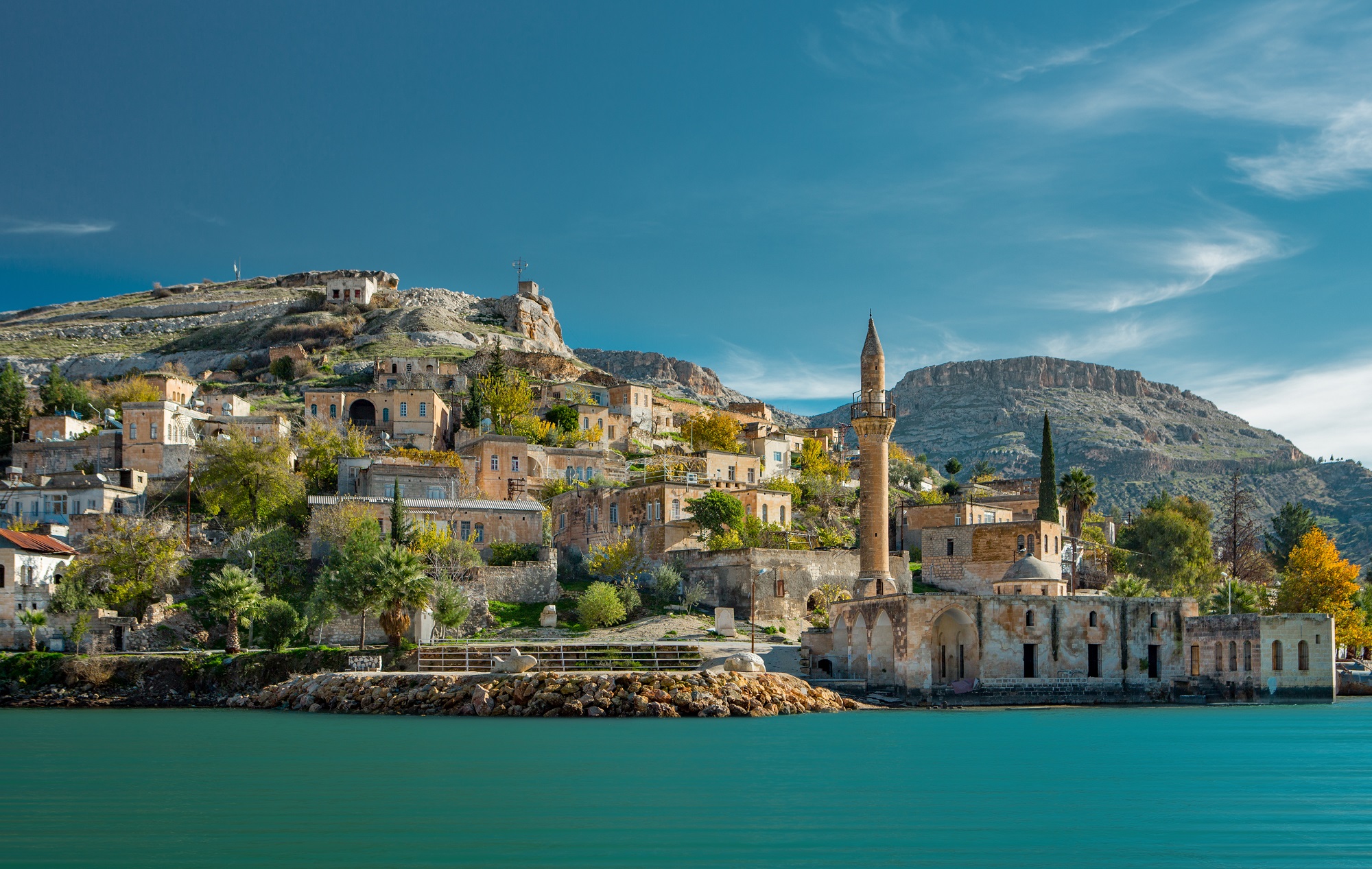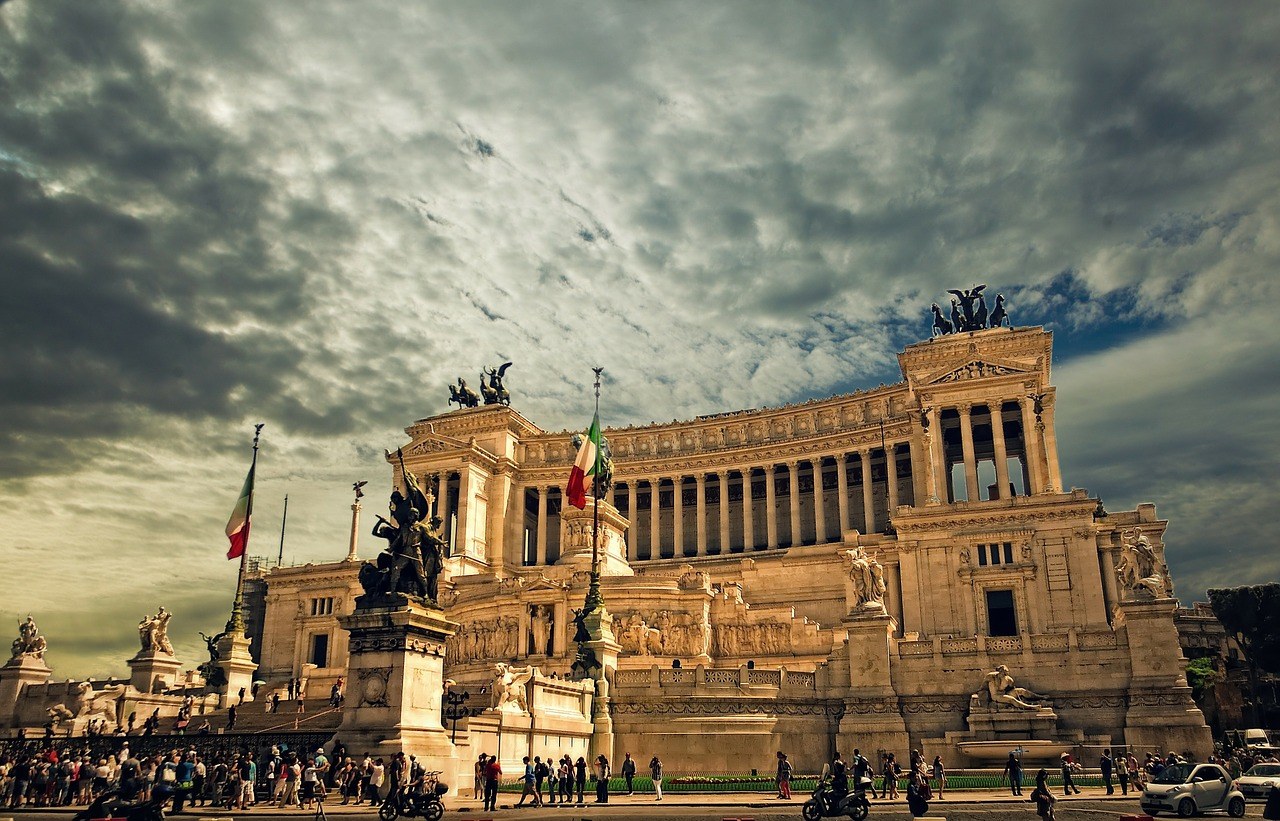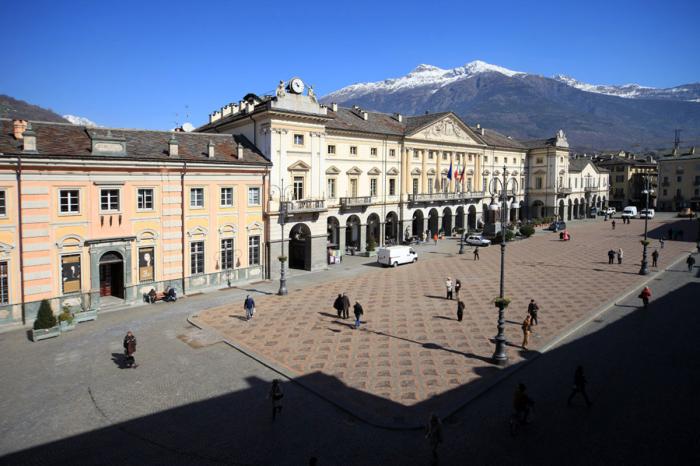The legend of this place concerns characters from Aeneas and the Odyssey; in fact, Aeneas and Odysseus passed through here. In addition, Draconte, friend and adviser of the king of Ithaca, Odysseus, as well as ruthless legislator of Athens itself, died here. In fact he instituted the death penalty even for minor offenses, and any debtor who failed to repay any loan became a slave to his creditor.
In this place there was also a famous prediction by an oracle who said, "At Draconte Laius many people will perish," and so it happened. In 389 B.C. the bloodiest battle in antiquity was fought on this plain between the Lucanians and the Greeks of Thuri, which saw the death of as many as 10,000 people! The Greeks, tired of the continuous raids of the Lucanians, decided to put an end to it by attacking them in their own territory, Laos, but it was they who came out the losers; it was a real massacre.
The tower is located in the built-up area of the Torre Talao locality on a rocky block now tied to the mainland, a few meters from the sea. At one time the "rock" on which it stands was completely surrounded by water, like a real island. Evidence confirms that the caves in the rock formation were inhabited in prehistoric times.
The tower was built by Charles V on the advice of the viceroy of Naples, to defend the territories from Saracen raids.
The construction of the fortification was entirely the responsibility of the local population who contributed economically or through labor services, and it looks like a massive truncated pyramidal tower with a 13-meter square plan developed on three levels. On the first floor there is a single entrance opening and rooms covered by a barrel vault with a trapdoor communicating with the upper floor. A double external staircase leaning against the building leads to the second floor, in which there are numerous holes and there are barrel-vaulted rooms, a fireplace and an oven, and to the gallery on the top level, from where a staircase carved in the masonry leads to the terrace. Several openings are present on all fronts. On the sea side is leaning against a later partly collapsed building; before the recent restoration, the trace of a machicolation was visible. Around the complex, traces of the surrounding wall are visible. A special feature is also the presence in the square on the sea side of a threshing floor with a circular platform. Over time the fortification has undergone various uses and many evolutions. "In 1600 it was attacked by Asnurt Rais, and in 1699 the two cannons of armament were removed. It appears in a list of towers to be repaired in 1741 and in the Rizzi-Zannoni map." Its evolutions over time are also denoted by its wall structure. This one, made of mixed stones of different sizes and mortar, with horizontal brick recourses, has some basement parts with different texture from the rest.
